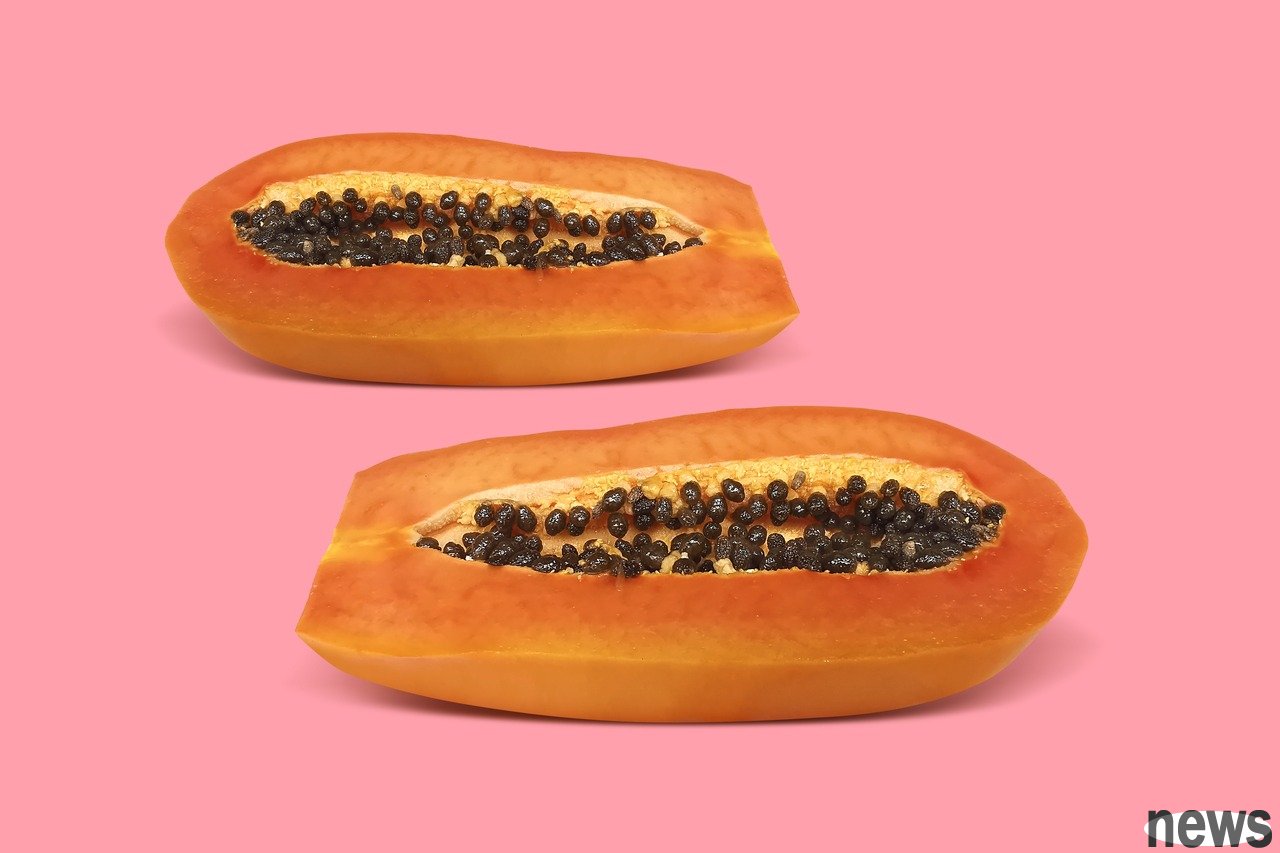Papaya is a fruit that many people love. It is the peak season from April to November every year. How to choose delicious papaya? According to the special page of the face fan of the Agricultural Bureau, "Fresh Enjoy Agricultural YA - Agricultu...

Papaya is a fruit that many people love. It is the peak season from April to November every year. How to choose delicious papaya? According to the special page of the face fan of the Agricultural Bureau, "Fresh Enjoy Agricultural YA - Agricultural Bureau", the Agricultural Bureau, if you want to eat papaya with good quality and sweetness, you can choose those with a straight and full fruit shape, smooth skin and pink, fruit color with yellow and yellow. But do you know that the papaya we eat belongs to "two-sex melons"?
The Agricultural Bureau pointed out that the long-shaped papayas that are generally seen on the market are two-sex melons, and the round-shaped female melons are less visible. In fact, papayas have three types according to their different flower nature, two types, female and male.
. Two plants: both have female and stamens, which can be self-pollinated and have a longer fruit.. Female plant: The female flower has only a pistil, which can produce results after pollination, and a small number of seeds can be obtained in a single case. There are no or a few seeds in it, and it is actually round.
. Male plant: Opening male flowers, the general condition is unresulted.
As for, is childless or childless papaya a specific product? The Agricultural Department said that the number of seeds depends on factors such as papaya’s nature, climate environment and plant growth. For example, there are often no seedless papaya in the winter market, because it encounters high temperature and rainy during the flowering period in summer, which often leads to no seedless or few seeds when the papaya fruits are ripe.
. Female plant: Not pollinated, seeds are not easily formed in the fruit.. Secondary plants: When the flowering period is high or rainy, it affects pollination and leads to less seed weight or no seeds.
What are the common papaya varieties in Taiwan?The Agricultural Bureau pointed out that there are three common papayas: Red Concubine, Taiwan Agricultural No. 2 and Japanese.
. Red Concubine: The flesh is thick and pure, with a fine and juicy texture, with an average sugar content of 11% 26deg; Brix, with a long and round appearance, a two-sex fruit, and a spherical shape is a female fruit.. Taiwan Farm No. 2: The fruit is big, the flesh is orange and red, the taste is solid and the juice is abundant, with an average sugar content of 12° Brix, the appearance is a two-sex fruit, and the round shape is a female fruit.
. Sun: The fruit is small, the flesh is orange and red, the taste is tender and the smell is fragrant, the average sugar is 15° Brix, the pear shape is two-sex fruit, and the round shape is female fruit. What are the nutrients and effects of papaya?
According to the website of the Ministry of Agriculture, papaya is rich in vitamins A, B, B1, B2, C, a variety of minerals (iron, calcin, and decoction), protein, papaya enzyme, fiber and organic acid, etc. The content of vitamin A and vitamin C is particularly high, 5 times that of watermelons and bananas, and more than 3 times that of the Department of Health's "daily recommended intake". It can prevent colds and help reduce cold symptoms.
In addition, papaya is red in color and contains a large amount of β Hussin (the main source of vitamin A), which is about 5 times the content of orange, exceeding the necessary daily intake of humans. β Hussil is a natural antioxidant and is very important to the body. It can effectively fight against dysfunction of normal cells in the body and accelerate the aging of the human body. Therefore, papaya also has anti-cancer and anti-aging effects. Therefore, eating papaya can help digestion, clear the stomach, and reduce the occurrence of stomach and kidney disease.
How to distinguish when papaya can be eaten?Since the papaya is softened and not resistant to transportation after it is ripe, farmers mostly collect papaya when it is 60 to 70% ripe. When consumers choose papaya, it is best to have a weight and a clean and shiny skin. As for how to determine when papaya can be eaten, there is no relationship between the color of the skin, because in a cold environment without light, the leaf green on the epidermis is easily decomposed, making the epidermis appear yellow. The most correct way to judge is to press the surroundings of the pedicle of the papaya, and it can be eaten if it feels soft.